Imagine waking up to a delightful cacophony of tropical birdsong. But wait, if this is the tropics, why is the air around you so crisp, cool and light? One long breath instantly refreshes you. What’s going on? You are in the tropics, but in a traditional kampung (village) home in the highlands of Borneo.
You get up and look out the window to see villagers going about their daily chores as they and their ancestors have been doing for centuries, children running around and playing, all against a breathtakingly beautiful backdrop of paddy fields at the base of mist-covered hills standing tall as far as the eye while the sun makes an almost apologetic appearance over the horizon.

Source: Borneo Travel Network
The calmness, the serenity, the natural splendour washes over you. You are immediately destressing. Rebooting. Depressurising. Recharging. Life is looking good again. Welcome to Bario, Sarawak.
Bario (pronounced ‘Bariew’) is a village located in the northeastern region of Sarawak, bordering Indonesian Kalimantan. It is home to the Kelabit tribe, one of the many Orang Ulu (upriver) tribes of Sarawak. The Kelabit population is only about 6,000 strong in Sarawak, out of which only about 1,200 Kelabit still in Bario and the Kelabit highlands as most of them, especially the younger generation have migrated to urban areas such as Lawas & Miri.

Source: Backpacking Man
‘Bariew’ means wind in the Kelabit language. But it’s not a threatening wind. Despite sitting 3,500 feet above sea level, the wind here is as gentle as life itself for the mainly farmers who still call it home.
Getting here
There are 2 ways of getting to Bario; by air and by road.
The most popular method is to fly to Bario from Miri. MASWings operates 2-3 flights daily, subject to the weather. The flight time is only about 45 minutes although this can stretch to 2 or 3 days if it’s the monsoon season so check in advance!
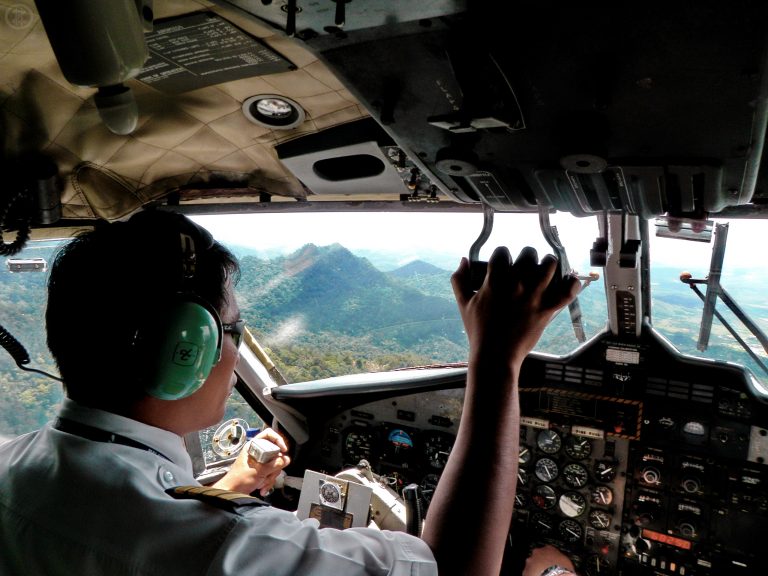
Source: Labang Longhouse
But if you have a bit more time as well as an adventurous streak, take a road trip through the oldest rainforest in the world.
Roads to Bario aren’t fully tarred so the journey is made up of a 6-hour drive from Lawas to Ba’Kelalan and then a 2-day trek on foot to Bario. The roads leading up to the highlands can get really bumpy and muddy as these are old logging roads. Only 4 wheel drive vehicles can brave these roads and you are required to use a licensed driver to get there.
For anyone who makes the trip by road, you are entitled to join an illustrious band of travellers who claim they have experienced a truly authentic Borneo massage.
Because the rules and hostile terrain on these old logging roads are different, you must have an experienced driver to take you. Tour companies usually provide teams of two with the second person acting as a ‘navigator’. Not to map out the journey but to help spot deep potholes in an attempt to stop the driver ripping out an axle or two.

The drive up can be quite eventful with a number of stops worth looking out for as you make the climb. There is the Tagang fish farm about 1.5 hours out of Lawas where you can see the famous Empurau fish. This famous fish sells for about RM500-600 per kilo (US$130-150) in Sarawak and RM1,300-1,500 (US$350-400) per kilo in Peninsular Malaysia. The record paid for these sweet tasting delicacies is an astonishing RM17,000 by a tycoon who flew in on his private jet just to acquire one.
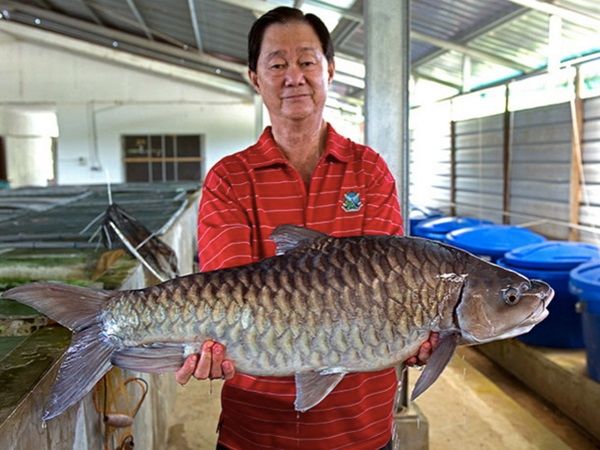
Source: The Borneo Post
Another recommended pit stop is the Merarap Hot Springs which is about 2-3 hours away from Lawas. This humble family-owned lodge is a quaint little retreat located deep in the rainforest. The lodge is very rustic, adding to the authentic retreat experience while getting you close to nature and yourself.

With the Trusan River rushing busily past and a blanket of mist covering the jungle clad hills, the view, especially in the mornings, is simply breathtaking and is the perfect accompaniment for a calming cup of locally made tea.
After breakfast, there are a few trails worth exploring and on your return, soak yourself in the multiple hot springs that form part of the lodge to unwind and sooth those aching muscles.

Source: Merarap Hotsprings Lodge Facebook Page
We recommend staying at the lodge at least one night before continuing your journey up to Ba’Kelalan.
After a rejuvenating stay at the Merarap hot springs, your journey continues on to Ba’Kelalan, home to the ethnic Lun Bawang community. Again, mother Borneo shall grace you with her signature massage!
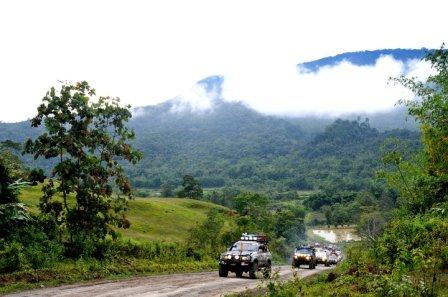
As you climb, you will come across the Ba’Kelalan salt factory just before Ba’ Kelalan village. Ba’Kelalan is the most important of the Lun Bawang settlements. The Lun Bawangs, neighbours to the Kelabits, have been growing apples and organic vegetables in Ba’Kelalan for decades.
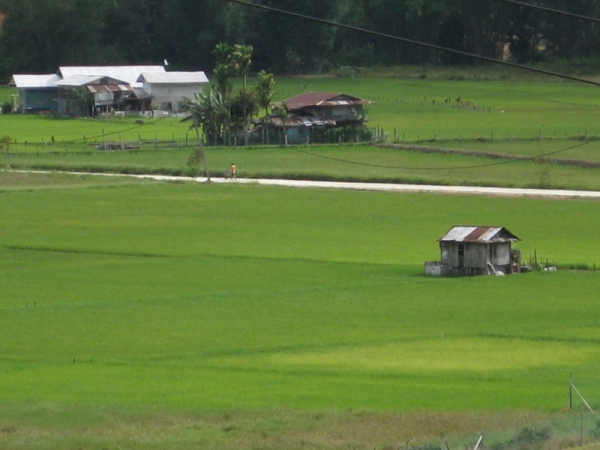
But their main natural homegrown industry is highland salt, also known as Ba’Kelalan salt. On arrival at the salt factory, you will be greeted by villagers and see how they produce the salt. The residents have been taking turns to produce the salt for generations and it is regarded as one of the best natural salts in the region.
There are a lot of homestay options available here and we recommend staying a night. The temperature can drop down to around 16°C so make sure you have a jacket because immersing yourself in the night time sky, devoid of light pollution, is an absolute must. You can also enjoy authentic Lun Bawang delicacies prepared by the locals and even learn how they make rice coffee. Yes, Rice Coffee.

Source: Malaysia-Asia
If you are a coffee enthusiast, you’re in for a treat. Adan rice is fried without oil on a pan. The trick is to keep it moving over a hot wood fire until the rice turns coffee brown. The coffee rice is then removed and topped with hot water. It smells and tastes exactly like coffee!
Night falls early in this part of the world which means you turn in early, in preparation for the adventure the next day; the trek to Bario.
Trek to Bario
We’ll give it to you straight. The trek to Bario is not child’s play and you have to be physically fit to get there.
The trek takes about 2 days; on day 1, you make an 8-hour trek from Ba’Kelalan to a camp site called Long Repung which is actually in Indonesia. The Indonesia side is manned by the army and everyone, including Malaysian need a passport to get across. You will be accompanied by your guides at all times so don't worry about the formalities.
Day 1 of the trek includes hiking the Pa Rupai hill on the Indonesian side which is the toughest part of the whole journey. At night, you will be camping at Long Repung which is no more than a hut. Facilities are basic but your guides will help prepare food and you can settle down early to rest up and reflect on your long day trekking through the lush Bornean rainforest.
On day 2, the trek is much easier and only takes about 4 hours to get to Pa Lungan. After lunch at Pa Lungan, your guides will take you to Bario in a 4-wheel-drive. The journey is about 45 minutes depending on weather conditions.
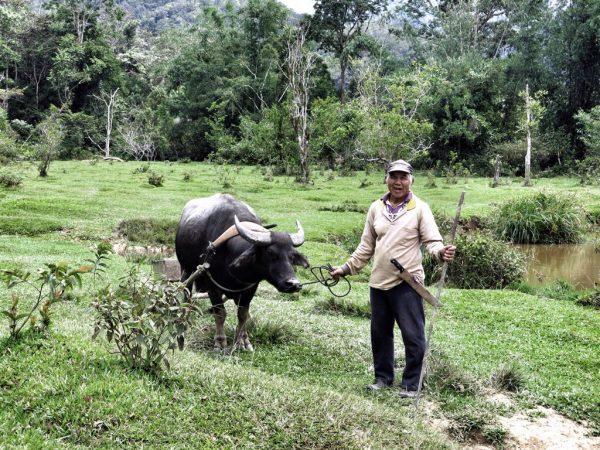
Source: Noodles & Kiwi’s Blog
We recommend spending at least 2 nights in Bario to fully experience the outdoors, the fresh air and the warm hospitality of the locals. The reason Bario is called the land of the hundred handshakes is that everyone you meet here will greet you with a handshake and a warm smile!
There are around 21 homestay options available in Bario. Upon arrival, you can rest in the homestay that your tour agency booked. Some activities include exploring the paddy fields and if you are there at the right time, you might even get a chance to try this backbreaking chore! There are pineapple plantations that some say produce the best pineapples in the world, and if you feel you still need to hike, walk up Prayer mountain to get a bird’s eye view of Bario and her paddy fields!

While exploring the village, if you make friends with the right people, you just might get to visit a Kelabit longhouse and see how the Kelabits lead their lives while exploring old pictures and family heirlooms hung on the walls.If you visit in July, be sure to stay for the Bario Food & Cultural Festival (Pesta Nukenen)that celebrates Bario’s unique food, farming, forest and cultural heritage because it is one of the last places in Sarawak and East Malaysia that still uses traditional farming methods.
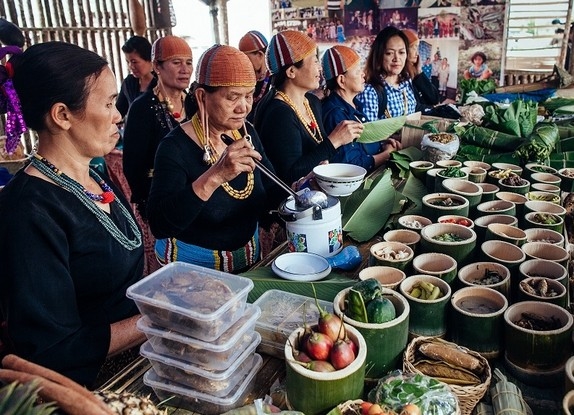
Source: VisionKL
Once you’ve had your fill of this breathtaking land, there are 3 options to get out of Bario:
- You do the 2-day hike back to Ba’Kelalan
- You fly from Bario to Ba’Kelalan and take the 4WD down to Lawas (These flights operate every Thursday)
- You fly from Bario straight to Miri (MASwings operates daily flights 7 days a week)
Usually, travellers take the third option to save time.
Places like Bario and Ba’Kelalan are almost untouched by the modern, fast-paced, technology-driven world. This is why they are perfect for when you need to disconnect and unwind from the outside world while reconnecting with yourself.
If you are interested to learn more, get in touch with Heart of Borneo Tours today!